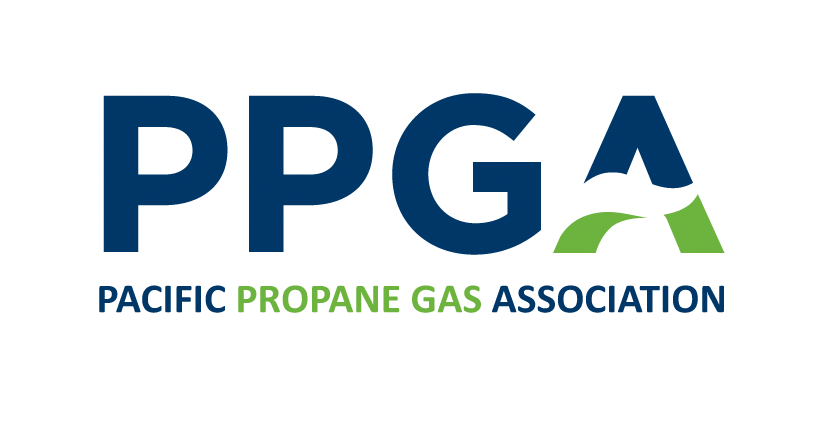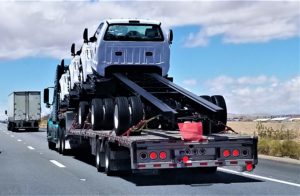The Philomath School District recently extended its contract with Mid Columbia Bus Co. so that the company could secure funding for their new propane-powered buses, which officially started entering service in 2014.
The buses being produced by Mid Columbia Bus Co. are American made and specifically built to run on propane, which further increases the operational efficiency of the vehicles.
The district is eager to continue to make the turn towards propane because of the many direct benefits of propane fuel, such as lower emissions, cost-effectiveness and reliability that aren’t afforded to them by traditional diesel buses. Philomath is expecting its fleet to reduce its carbon dioxide emissions by 70,000 pounds annually once all ten buses are operational.
“We’re very pleased; the buses perform in line with what we expect.”
Tony Barnhart, CEO of Pendleton-based Bus Services Company
Their success isn’t isolated. In fact, many other school districts in Oregon are rapidly adopting propane in their transportation and saving their districts tens of thousands of dollars annually, and experiencing similar levels of savings.
The Philomath District reported that the introduction of propane-fueled vehicles would shave off nearly $20,000 in annual fuel costs – and the savings only get better as diesel prices continue to rise.
The district is very happy with their investment thus far and feels their fleet is living up to its lofty expectations.
Your district can also reduce their carbon emissions and save big, with help from the $1,500 Pacific Propane Gas Association Rebate available now.



